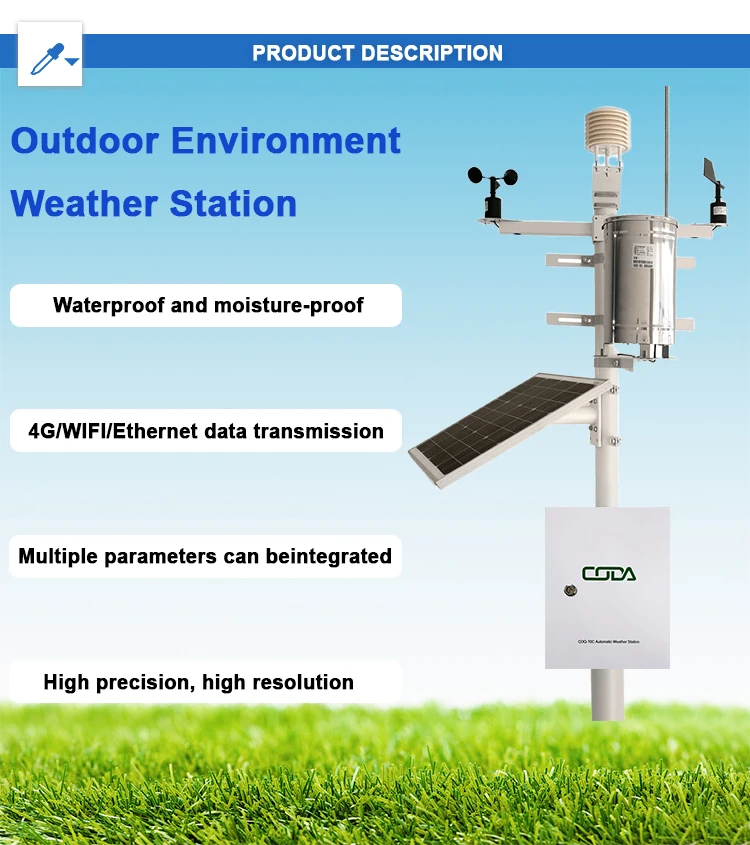
。
# The Pros and Cons of Automatic Weather Stations
## Introduction
Automatic Weather Stations (AWS) have revolutionized the way we collect and analyze meteorological data. These self-contained systems provide continuous weather monitoring without the need for constant human intervention. While they offer numerous benefits, they also come with certain limitations that users should consider.
## Advantages of Automatic Weather Stations
### 1. Continuous Data Collection
One of the most significant advantages of AWS is their ability to collect data 24/7 without interruption. Unlike manual stations that require human observers, automatic stations can operate continuously, providing a more comprehensive dataset.
### 2. Remote Monitoring Capabilities
AWS can be installed in remote or hazardous locations where human observers cannot easily access. This allows for weather data collection in areas that were previously difficult or impossible to monitor.
### 3. High Accuracy and Precision
Modern automatic weather stations are equipped with highly sensitive instruments that can provide more accurate and precise measurements than manual observations in many cases.
### 4. Reduced Human Error
By eliminating the human element in data collection, AWS minimize errors that can occur with manual readings and data transcription.
### 5. Real-time Data Availability
Many AWS systems can transmit data in real-time, allowing meteorologists and other users to access current weather conditions immediately.
## Disadvantages of Automatic Weather Stations
### 1. High Initial Cost
The upfront cost of purchasing and installing an automatic weather station can be significantly higher than traditional manual stations.
### 2. Maintenance Requirements
While AWS require less human intervention for operation, they still need regular maintenance and calibration to ensure data accuracy.
### 3. Power Dependency
Most AWS rely on power sources (either grid or solar), making them vulnerable to power outages that can interrupt data collection.
### 4. Technical Complexity
Operating and maintaining an AWS requires technical knowledge that may not be available in all locations or organizations.
### 5. Potential Sensor Malfunctions
Like any electronic equipment, the sensors in AWS can malfunction or drift over time, potentially providing inaccurate data if not properly maintained.
## Conclusion
Automatic Weather Stations offer significant advantages in terms of continuous data collection, accuracy, and remote monitoring capabilities. However, they also come with challenges including high costs, maintenance requirements, and technical complexity. The decision to implement an AWS should be based on careful consideration of these factors in relation to the specific needs and resources of the user or organization. As technology continues to advance, we can expect many of the current limitations to be addressed, making AWS even more valuable tools for weather monitoring and research.